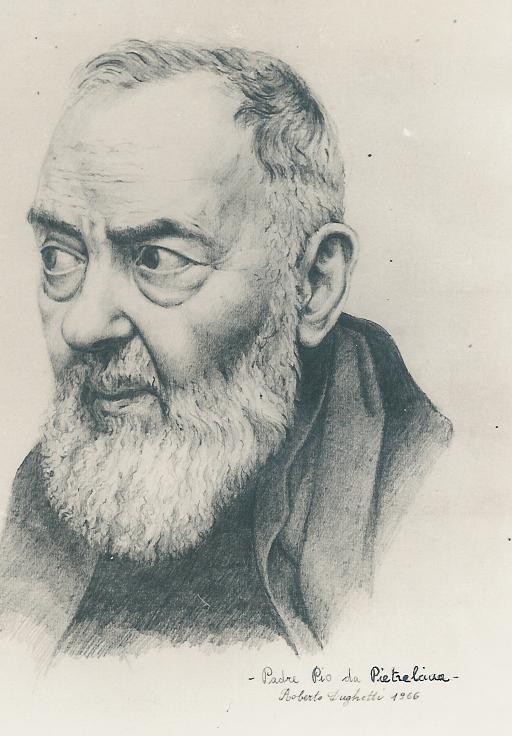
One of CBS's "Summer dramas".
Watch CBS Videos Online
Based on Toronto's Emergency Task Force. (wiki) Great... let's see them go after some 'rabid' right-wing extremists who may be terrorists. Uhhuh.
CTV.ca | Emergency task force training a highlight
Reminds me of those syndicated [police] dramas that are produced in Canada. How many Americans would be willing to watch a drama set in Canada?
I'm waiting for the return of The Unit.




